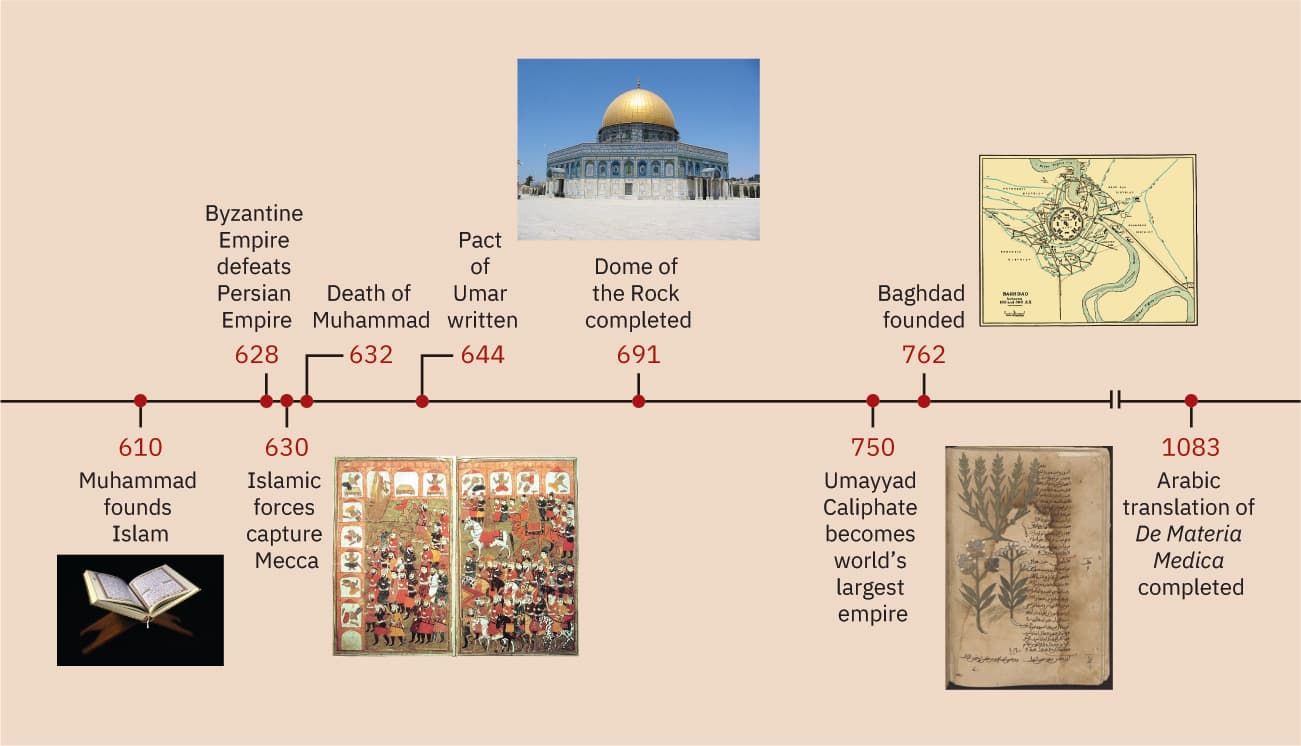Figure 11.1 This illustration from al-Biruni’s fourteenth-century history called al-Athar al-Baqiyah depicts the prophet Abraham destroying idols that were being worshipped instead of the one God. Abraham holds an important place as a common ancestor in Jewish, Christian, and Muslim traditions. (credit: Centre for Research Collections, University of Edinburgh, shelfmark Or.Ms.161, folio number f.88v., used with permission)
The modern monotheistic religions of Judaism, Christianity, and Islam have a great deal in common with one another, including a number of traditions and beliefs. At the center of these shared traditions is the worship of one god, but the leadership of the prophets—individuals who were chosen to receive messages to humankind from God—is shared, too. Perhaps no prophetic figure is quite as central in all three faiths as the prophet Abraham (Figure 11.1). Abraham was a patriarch of the Israelites in Jewish and Christian tradition, a common ancestor known for his intense commitment to the worship of the one God in the scripture, the book of Genesis. In one of the best-known stories from the scripture featuring him, he was willing to sacrifice his own son if necessary in order to obey his God. Islamic tradition holds that he is also the ancestor of all the Arabs, and the house of worship he constructed in Mecca, in western Arabia, has become a revered site of pilgrimage for Muslims around the world.

Figure 11.2 (credit “610”: modification of work “Qur'an and Rehal” by “sayyed shahab-o- din vajedi”/Wikimedia Commons, CC BY 4.0; credit “630”: modification of work “Muhammad destroying idols” by Histoire Geographie 5ieme Nathan/Wikimedia Commons, Public Domain; credit “691”: modification of work “Exterior of Dome of the Rock or Masjid Al Sakhrah, in Jerusalem” by Thekra A. Sabri/Wikimedia Commons, CC BY 2.0; credit “762”: modification of work “Baghdad 150 to 300 AH” by www.muhammadanism.org/Wikimedia Commons, Public Domain; credit “1083”: modification of work “Kitāb al-Ḥašāʾiš fī hāyūlā al-ʿilāg al-ṭibbī Or. 289” by Universitaire Bibliotheken Leiden/Leiden University Libraries, CC BY)
Figure 11.3 (credit: modification of work “World map blank shorelines” by Maciej Jaros/Wikimedia Commons, Public Domain)